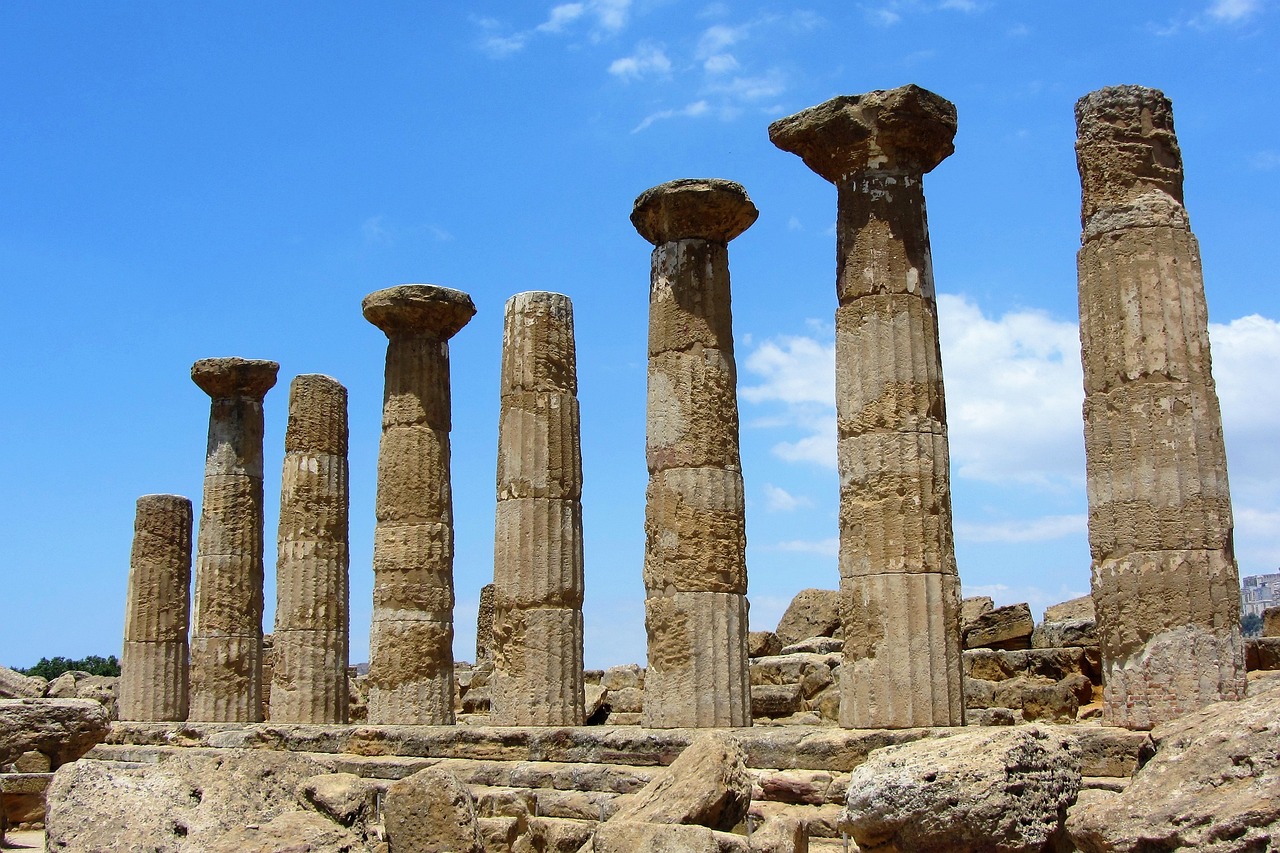Heracles stands as one of the most renowned heroes from Greco-Roman mythology. He was often depicted as the offspring of Zeus and Alcmene, who was the granddaughter of Perseus. Zeus had vowed that the next son born into the lineage of Perseus would ascend to the throne of Greece. However, due to a scheming act by Hera, Zeus’s envious wife, Eurystheus—who was a frail child—was born first and subsequently became king. This left Heracles to endure both the labor of serving Eurystheus and the relentless wrath of Hera. Early in his life, he faced a perilous encounter with two serpents sent by Hera, which he famously overcame.
Heracles achieved significant military success by conquering the kingdom of Orchomenus located in Boeotia and married Megara, the daughter of Creon, the Theban king. Tragically, affected by a fit of madness instigated by Hera, he killed both Megara and their children. This dreadful incident necessitated that he serve Eurystheus, who assigned him a legendary series of tasks known as the Labors of Heracles. This cycle, typically composed of twelve distinct feats, included: (1) defeating the Nemean lion and donning its skin; (2) slaying the multi-headed Hydra of Lerna; (3) capturing the elusive stag of Arcadia; (4) subduing the wild boar on Mount Erymanthus; (5) cleansing King Augeas’s stables in one day; (6) dispatching the man-eating birds of Stymphalian marshes; (7) capturing the rampaging bull from Crete; (8) seizing the man-eating mares of King Diomedes; (9) acquiring the girdle from Hippolyte, queen of the Amazons; (10) obtaining the cattle from the three-bodied giant Geryon of Erytheia; (11) retrieving the golden apples from the Hesperides; and (12) bringing back Cerberus, the three-headed guardian from the underworld.
Following the completion of these Labors, Heracles embarked on additional ventures, including military expeditions. He clashed with the river god Achelous to win over Deianeira. On their way home, the Centaur Nessus attempted to assault her. Heracles intervened by shooting Nessus with a poisoned arrow. Before succumbing, the Centaur advised Deianeira to keep his blood, claiming it would ensure Heracles’s eternal love if used on a garment. Years later, as Heracles found himself infatuated with Iole, the daughter of Eurytus, Deianeira, fearing the threat Iole posed, sent Heracles a robe infused with Nessus’s blood. Unbeknownst to her, it was a lethal poison that ultimately led to Heracles’s demise. His body was cremated on Mount Oeta, where his divine essence ascended to the heavens, granting him godhood. He was later reconciled with Hera and united in marriage with Hebe.
In various artistic and literary portrayals, Heracles is depicted as a remarkably strong yet modestly sized man, characterized by his enormous appetite, passionate nature, and occasional violent outbursts. He typically wielded a bow or a club. In ancient Italy, he was venerated not only as a deity of merchants but also prayed to as a protector against peril and a bringer of fortune.



